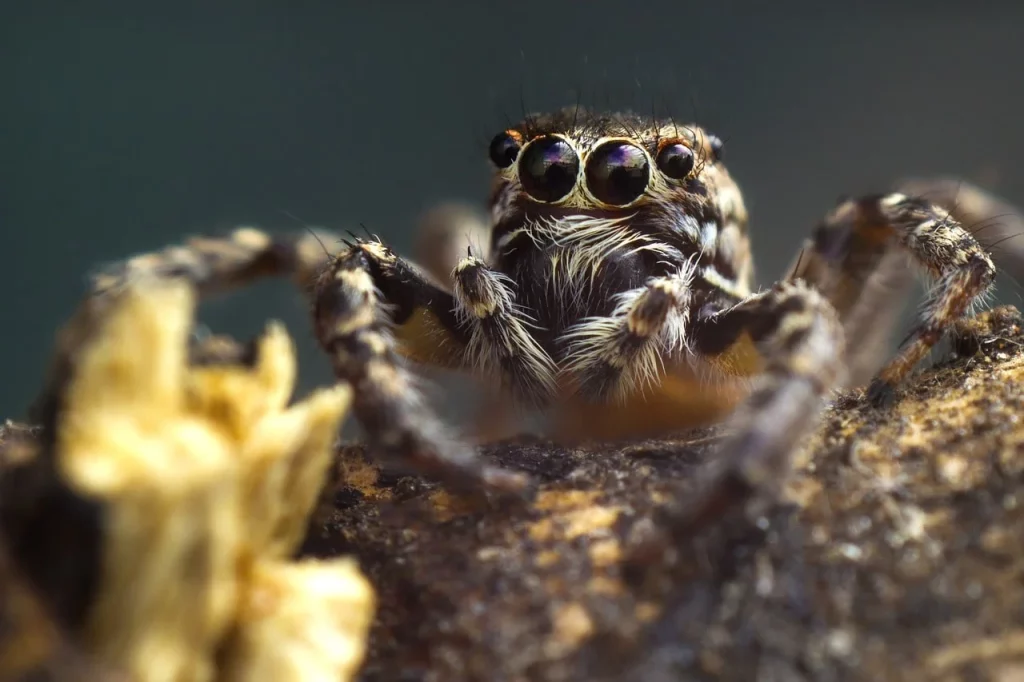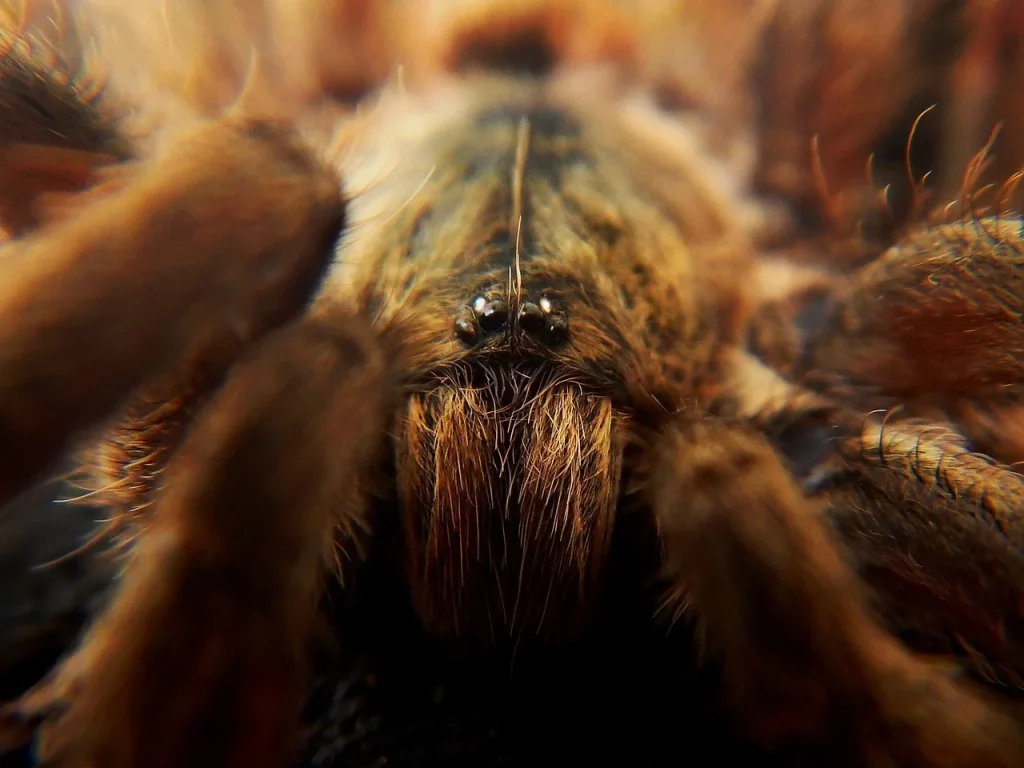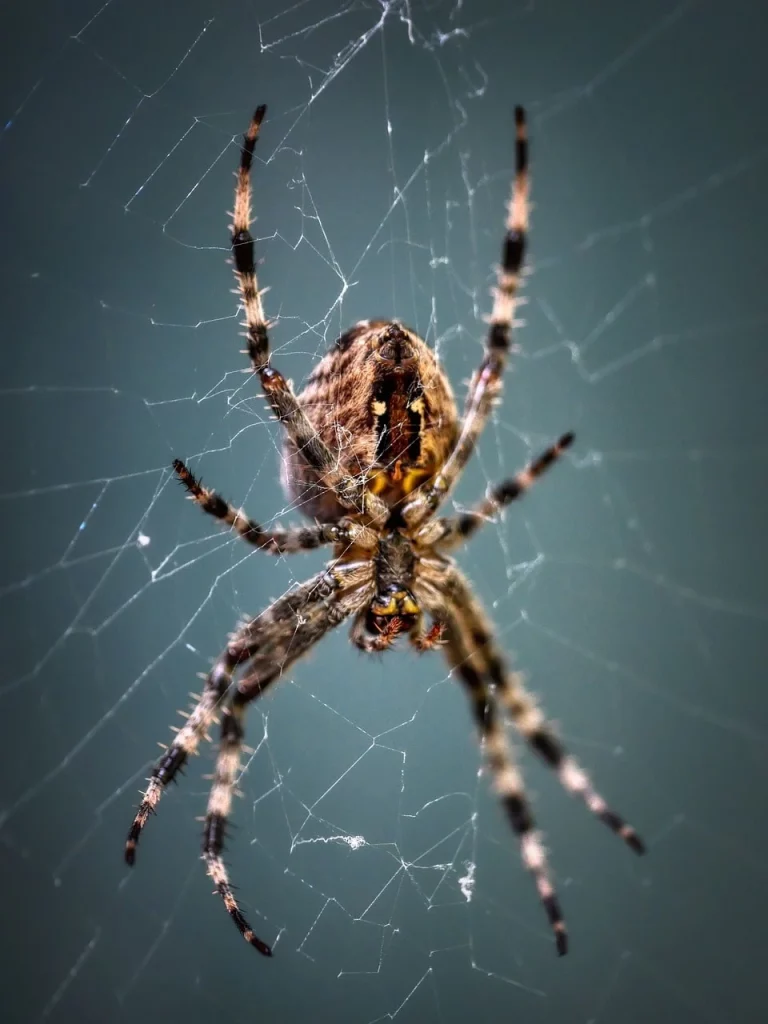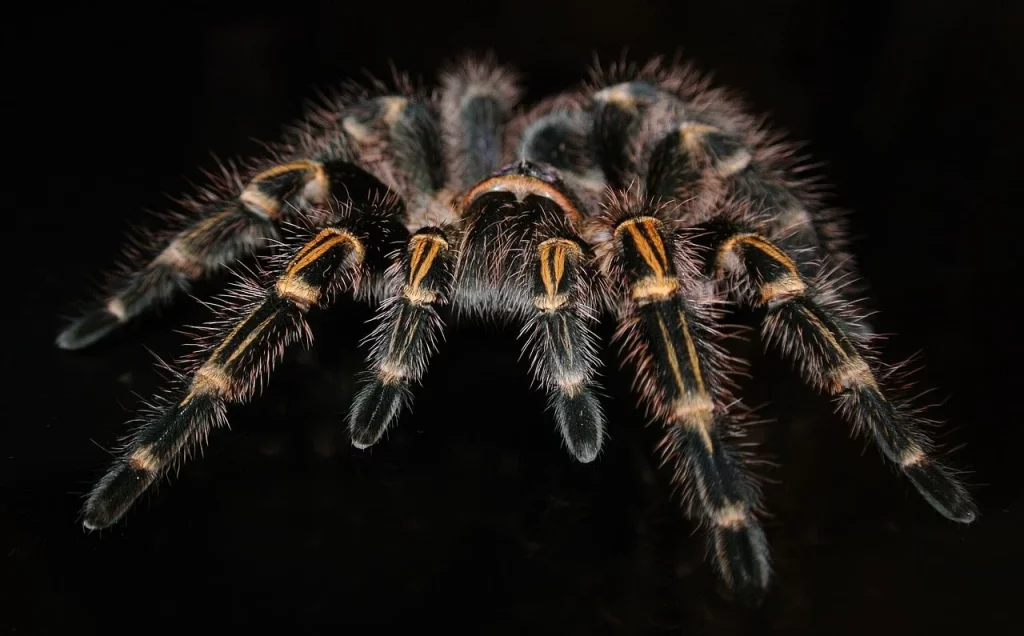Step right up to the fascinating universe of tarantulas, where every fact is more astonishing than the last. These creatures might look like they belong in a horror movie, but in reality, they’re more like the misunderstood heroes of the arachnid world.
With their impressive survival skills and unexpected behaviors, they are here to challenge every myth you’ve ever heard about them. From their incredible silk-spinning abilities to their secret night lives, get ready to be amazed by what these extraordinary spiders can do.
And who knows? By the end of this, you might just be considering a tarantula as your next pet. Are you brave enough to dive deep into their world with me?
In the dance of the tarantula, there’s a lesson of survival and grace under pressure.
David Attenborough
Tarantula Facts
Step into the world of tarantulas and learn all there is to know. Keep in mind that I created a quiz at the end of this article, so read carefully to score perfect on it.
- Some species can live up to 30 years in captivity, showcasing their remarkable longevity.
- These arachnids have blue blood due to the presence of hemocyanin, which contains copper.
- They can regenerate lost limbs through subsequent molts, a process that demonstrates their remarkable resilience.
- Urticated hairs on their abdomens can be released as a defense mechanism, irritating predators’ eyes and skin.
- The Goliath Birdeater is considered the largest spider by mass, capable of eating birds.
- Some species engage in elaborate courtship rituals, which include drumming and dancing.
- They do not spin webs to catch prey; they are ambush predators that rely on speed and power.
- Male tarantulas may wander great distances during mating season to find a female.
- Their venom is generally harmless to humans, causing effects similar to a bee sting.
- Females often consume the males after mating, a phenomenon known as sexual cannibalism.
- They have two sets of lungs, a unique feature among spiders.
- Their exoskeletons contain fluorescent compounds, making them glow under ultraviolet light.
- Not all tarantulas are ground dwellers; some species build their homes in trees.

- They can survive without food for up to two years, an adaptation for living in harsh environments.
- Their silk is used not for trapping prey but for lining their burrows and protecting their eggs.
- Desert species can restrict their burrow’s entrance with silk to maintain humidity levels.
- They have eight eyes, arranged in two rows, yet their vision is relatively poor.
- Tarantula hawks, a type of wasp, are known to prey on them, paralyzing them before laying eggs inside.
- Their name originates from Taranto, an Italian town, and the historic belief in a dance to cure their bite.
- They can produce sounds by rubbing their legs together, a behavior known as stridulation.
- Fang size can exceed 1 inch in some species, making it an intimidating tool for subduing prey.
- Adaptability allows them to thrive in various climates, from tropical rainforests to arid deserts.
- They practice autotomy, the ability to self-amputate a limb when threatened.
- Their diet can include small snakes and lizards, showcasing their prowess as predators.
- Molting can be a dangerous time, leaving them vulnerable to predators and dehydration.
- Symbiotic relationships exist with certain frog species, which live in their burrows for protection.
- Some species exhibit social behavior, living in close proximity and even sharing prey.
- Their digestive process is external, liquefying their prey outside their body before consumption.

- Sensory hairs on their legs and bodies allow them to detect vibrations in their environment.
- Color variations are vast, with some species displaying vibrant blues, greens, and reds.
- Their breathing system involves book lungs, a primitive form of respiration seen in arachnids.
- A single female can lay up to 2,000 eggs in one egg sac, though not all will survive to adulthood.
- Theraphosidae, their scientific family name, encompasses over 1,000 species worldwide.
- They use tactile communication, touching each other with their legs, to convey messages.
- Conservation status varies, with some species considered endangered due to habitat loss and pet trade.
- Pre-molt signs include reduced appetite and a darkening of the abdomen, indicating a forthcoming molt.
- They can withstand falls from significant heights due to their lightweight exoskeletons.
- Camouflage plays a crucial role in their survival, blending seamlessly into their surroundings.

- Their jaw muscles are exceptionally strong, allowing them to crush hard-shelled prey.
- Antivenom for tarantula bites is generally not required, further indicating their low threat to humans.
- They contribute to ecosystem balance by controlling insect populations.
- Hydraulic pressure is used to extend their limbs, a unique aspect of their locomotion.
- Certain Buddhist traditions view them with reverence, considering them as embodiments of patience.
- Island gigantism can explain the large size of some species found on isolated islands.
- They have been featured in folklore and myths around the world, often as symbols of fear or guardianship.
- Research on their venom has potential applications in medicine, particularly for pain relief.
- Their ability to thrive in captivity has made them popular pets among arachnid enthusiasts.
- Seasonal changes can affect their behavior and activity levels, with some entering a state of dormancy.
- Despite their fierce appearance, most species are shy and prefer to avoid confrontation.
- Their population dynamics can be affected by climate change, impacting their survival and distribution patterns.
Tarantula Myths

It’s time to sift through the tangled webs of myth and misconception. Prepare to have your mind blown (hopefully not literally) as we separate truth from fiction regarding these fascinating eight-legged giants.
- Tarantulas are Extremely Dangerous to Humans
While it’s true that tarantulas possess venom, their toxicity to humans is generally very low. Bites might cause discomfort similar to a bee sting, but serious reactions are rare. Their venom is primarily used to subdue their prey, not as a defense against humans. - Tarantulas are Aggressive
In reality, they are quite docile and prefer to avoid confrontation. When threatened, their first instinct is often to flee rather than to attack. Defensive measures, such as releasing urticated hairs, are used only when they feel cornered. - Tarantulas Can Jump Long Distances
They are not built for jumping. While they can move quickly when necessary, they do not jump like some other spider species. Their hunting and escape strategies rely more on stealth and speed on the ground. - All Tarantulas Are Giant
Their size can vary widely depending on the species. Some can grow to be quite large, but many species are much smaller. The perception of all tarantulas being gigantic is exaggerated, with most having a moderate size. - Tarantulas are Solitary Killers
While they are solitary creatures, their role in the ecosystem is more complex. They primarily feed on insects and help control pest populations. Their hunting method is more about patience and precision, waiting in ambush rather than roaming aggressively.
No products found.
Tarantula FAQ

Before you take the quiz, make sure to read the answers to some common questions about tarantulas that I found online.
- How do tarantulas mate?
They have a unique courtship ritual where the male performs a dance to signal his intentions to the female. He then carefully approaches her and uses his pedipalps, which are specialized appendages, to transfer sperm to the female’s reproductive organ. It’s a delicate process, and males often beat a hasty retreat afterward to avoid being eaten by the female! - Are tarantula spiders poisonous?
Yes, they are venomous, but their venom is generally not harmful to humans. It’s designed to subdue their prey, such as insects and small vertebrates. Most tarantula bites result in effects similar to a bee sting, with pain, swelling, and redness being the most common symptoms. - How do tarantulas eat?
They have an interesting eating method. They inject venom into their prey to liquefy the insides and then suck up the resulting “soup,” leaving behind an empty husk. They have strong, fang-like chelicerae to pierce their prey’s body, allowing them to feed effectively. - Can a tarantula kill you?
The short answer is no. While a tarantula’s bite can be painful and cause discomfort, it’s extremely rare for their venom to be deadly to humans. Most people might experience symptoms like swelling, redness, or itching at the bite site, but severe reactions are uncommon. - How long do tarantulas live?
They have a surprisingly long lifespan compared to other spiders. Female tarantulas can live up to 30 years in captivity, while males have a shorter life, typically ranging from 5 to 10 years. Their longevity varies among species, with some living longer than others.
Tarantula Trivia

Welcome to the Tarantula quiz! Get ready to test your eight-legged knowledge, but beware: score zero, and you might just find a hairy surprise in your shoe tomorrow morning.
Conclusion
Our journey to the magical world of tarantulas has come to an end. From their impressive size to their unique behaviors, tarantulas prove to be more intriguing than scary. Despite their fearsome reputation, we’ve seen how they play important roles in their ecosystems and even in human medicine.
So, the next time you think about them, remember the amazing qualities that make them extraordinary creatures in the animal kingdom. Till next time, stay curious. Cheers.


